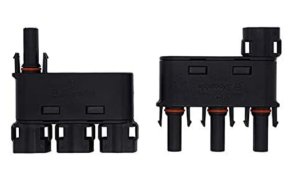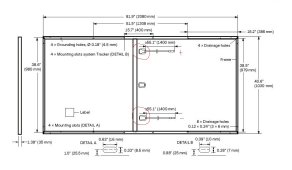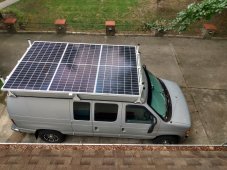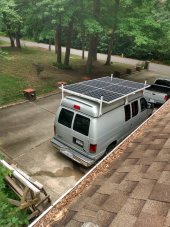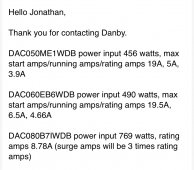Ampster
Renewable Energy Hobbyist
Those are the typical Y connector, which is why it would take two of each. If I am not mistaken there may be some the allow three panels in one connector which would only reguire one each for negative and positive but it may depend on how close the panels are to each other for that to be physically possible.If you are talking about mc4 branch connectors.
Two for the positive and two for the negative.



